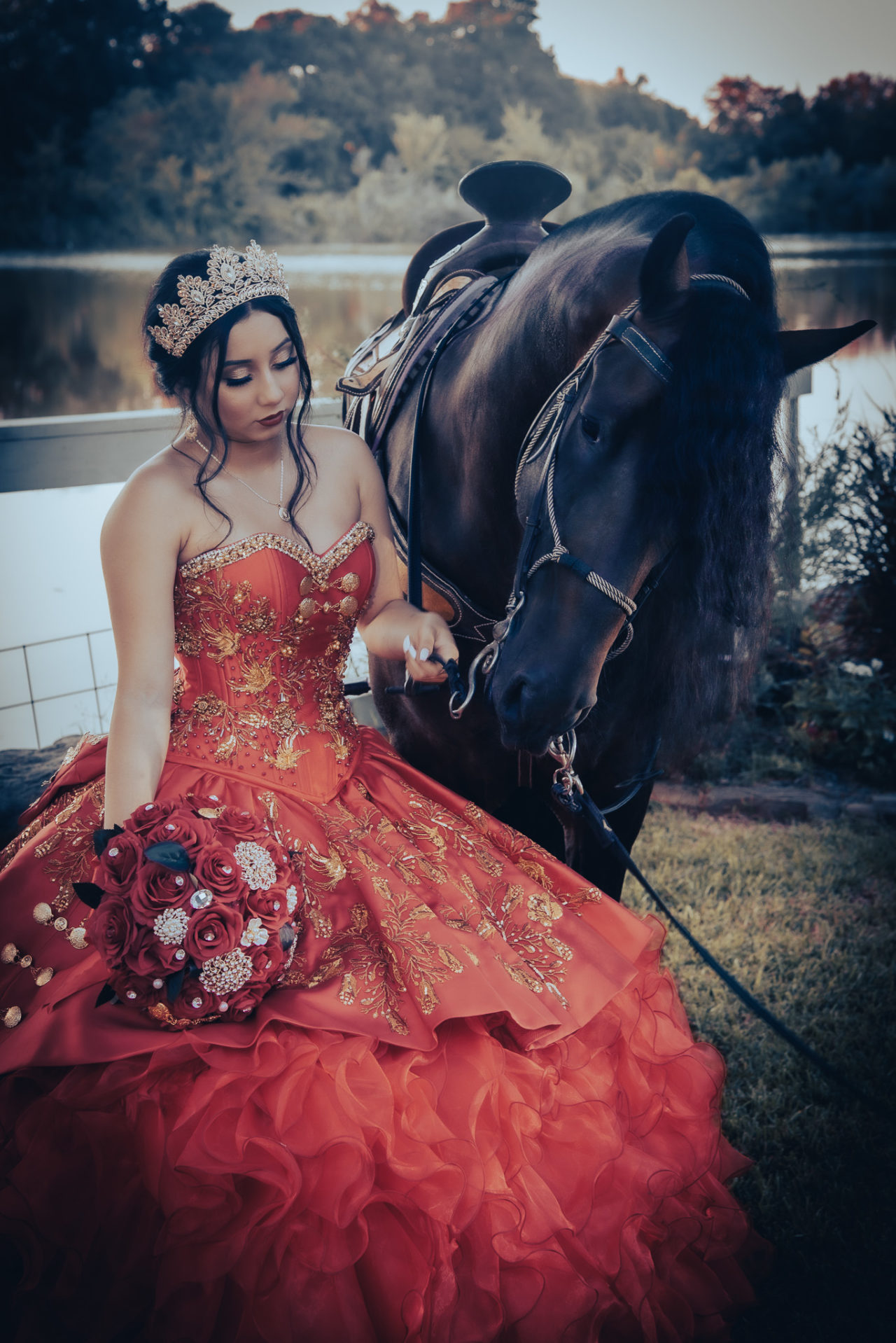What Is a Quinceañera? Exploring Its Origins and Heritage Roots
A milestone radiating joy, tradition, and community, the Quinceañera is much more than an elaborate birthday celebration. For countless Latin American families, it serves as a heartfelt rite of passage, signaling the moment when a young girl transitions into womanhood at age fifteen. But to truly appreciate its importance—and the powerful bonds it creates—you need to understand its deep historical roots and enduring cultural significance. Join us as we explore what a Quinceañera is, where it comes from, and why it continues to matter so much today.
A Ceremony Rooted in History: The Origins of the Quinceañera
The tradition of the Quinceañera stretches back centuries, woven from the threads of ancient civilizations and European influence. Among the Aztecs and Maya, special ceremonies marked the transition from childhood to adulthood for girls and boys alike. These early customs often signified a young woman’s readiness to assume new responsibilities within the family and community.
With the arrival of the Spanish in the 16th century, indigenous rites of passage merged with Catholic beliefs. The resulting blend introduced religious elements, such as a special Mass, into the celebration—a feature that remains central today. As Latin American societies evolved, so too did the Quinceañera, transforming into a vibrant ceremony that honors cultural continuity and familial support across generations.
The Symbolism and Rituals of the Quinceañera
Every element of a Quinceañera deeply resonates with meaning. The day typically begins with a religious ceremony—often a Catholic Mass—where the young woman, or quinceañera, expresses gratitude and commitment to her faith and family. Here’s what you might see:
- The Dress: The quinceañera often wears an ornate gown, symbolizing elegance and her new role in society.
- The Court: Surrounded by her damas (maids of honor) and chambelanes (escorts), she is supported by friends and family, reinforcing community ties.
- Special Ceremonies: The changing of flat shoes to high heels signifies her step into adulthood, and the gift of a “last doll” acknowledges the closing chapter of childhood.
After the formalities come the festivities—a lively gathering featuring music, food, and dance. It’s a scene of multigenerational participation, with everything from the traditional waltz (el vals) to heartfelt speeches.
Story Highlight:
Consider Sofia, whose family hosted her Quinceañera in her grandmother’s garden. The event wasn’t solely about Sofia; it was a reunion that brought together aunts, uncles, cousins, and even neighbors, many of whom contributed their own stories of celebrating this age-old tradition. For Sofia, ritual met real life—as she danced with her father, the weight of history and heritage became wonderfully personal.
Adaptation and Identity: The Modern Quinceañera
Quinceañeras aren’t static—they evolve with each new generation. While many families hold tightly to tradition, others adapt ceremonies to reflect their unique identities, blending heritage with contemporary influences.
Valeria, a first-generation Mexican-American, decided to blend old and new at her own celebration. In addition to the classic waltz, she included a choreographed salsa-pop dance and delivered her speech in both English and Spanish. For Valeria, her Quinceañera became a celebration of being both Mexican and American—honoring her family’s past while confidently embracing her future.
These adaptations reflect a broader truth: the meaning of the Quinceañera is defined as much by personal values and family identity as by ancient custom. The result? A celebration that is as individual as it is universal.
Actionable Ways to Honor the Quinceañera Tradition
Whether you’re planning, attending, or simply wanting to understand Quinceañeras more deeply, here are practical ways to make the most of this cherished tradition:
- Personalize with Purpose: While the core rituals matter, incorporating unique touches—favorite music, bilingual ceremonies, or special family remembrances—can make the celebration more meaningful.
- Learn the Significance: Understanding the purpose behind each element (the Mass, the shoes, the court, the last doll) brings the day to life for everyone involved.
- Cultivate Community: Invite participation from family and friends, not just as guests but as storytellers—gathering memories, advice, and blessings from elder generations.
- Capture the Memories: Invest in quality photography to preserve the moments and emotions that mark the day. Photographs act as powerful bridges, allowing future generations to see and feel the legacy for themselves.
- Document Stories: After the party, collect reflections from participants—including the quinceañera herself. These stories deepen the family’s historical record and inspire others to cherish their own heritage.
Conclusion
The Quinceañera is a living tradition—one that honors history, celebrates community, and reflects the journey from childhood to adulthood. Rooted in ancient practice and enriched by centuries of cultural exchange, its rituals continue to unite families and deepen a sense of belonging. Each celebration is a unique story, painted with both ancestral colors and modern brushstrokes, ensuring that heritage remains not just remembered, but joyfully lived.
Ready to Capture Your Heritage?
Are you preparing for a Quinceañera, or inspired to preserve your family’s traditions with stunning visuals? At Pegasus Foto Group, we transform milestones into lifelong treasures with innovative photographic perspectives tailored to your story.
Contact us to book a session or discover more about how we can beautifully capture your culture’s most meaningful celebrations.
Have your own Quinceañera story or tradition to share? Comment below—we’d love to hear your experiences and keep this vibrant conversation going!



